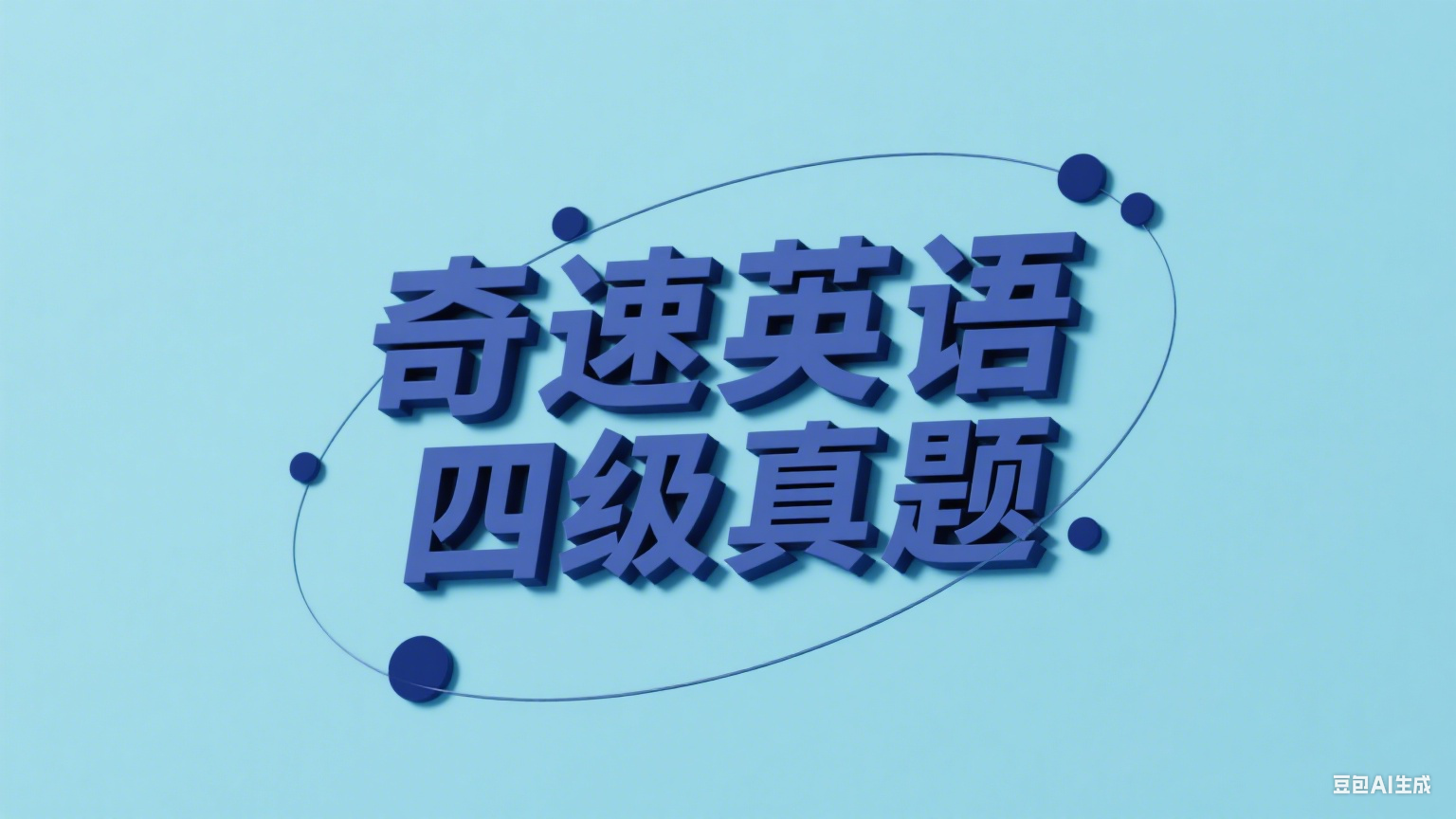四级真题2022年12月第二套Passage Two

① In 2020,the Nobel Peace Prize was awarded to the World Food Programme(WFP).
② Why a Nobel Prize for the WFP, and why now? In 2019, the WFP assisted nearly 100 million people in 88 countries. It is the safety net for those who fall off the edge of existence. It is a response to solving the problem of food instability. Its Nobel Prize reminds us all of the moral hazard in imagining that the poor and vulnerable are somebody else’s problem.
③ The WFP has been around since 1961 and has been the global coordinator of nationally based efforts to avoid disasters with food aid. Despite decades of effort to eliminate hunger, the latest estimate is that about 11% of people on the planet (about 820 million people) are suffering daily undernourishment. Progress at reducing undernourishment has stopped despite gains through the 1990s and 2000s.
④ Developed countries sometimes offer food and aid to developing ones, but at a price. One American philosopher stated that addressing the needs of the poor and vulnerable is about more than money — it is mostly about creating conditions under which prosperity and opportunity can thrive. When aid is offered with heavy conditions attached, like loan repayment or food for resources, it often widens the gap between rich and poor and sustains the old world order. This is why the work of the WFP is so vital.
1. 2.What do we learn about the WFP’s effort to eliminate hunger?(推理判断)
A It has ensured a sufficient food supply to millions.
B It is still far from its goal despite the progress made.
C It has done a good job in combating natural disasters.
D It is preventing starvation occurring on a global scale.
2. 4.How can scientists help cope with poverty and hunger?(推理判断)
A By collaborating closely with world economic institutions.
B By sharing expertise with peers in poverty-stricken nations.
C By setting up more food research programs in developing countries.
D By building self-respect in people suffering from undernutrition.
3. 5.What message does the author try to convey at the end of the passage?(推理判断)
A Wealthy nations should solve their own food problems first.
B Rich countries should be more generous in providing food aid.
C Poor nations should enhance their own ability to solve their food shortages.
D World economic institutions should play a bigger role in fighting hunger.

